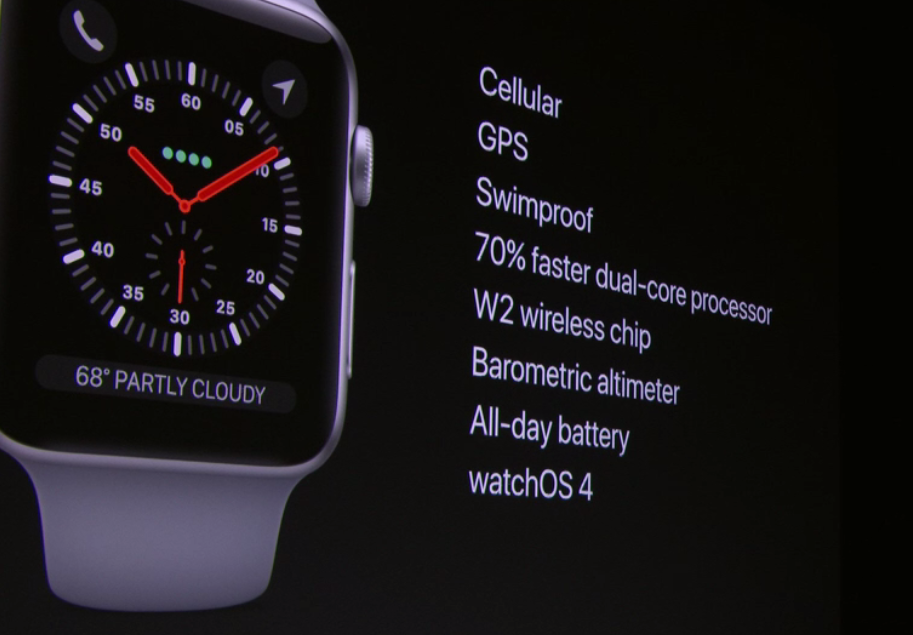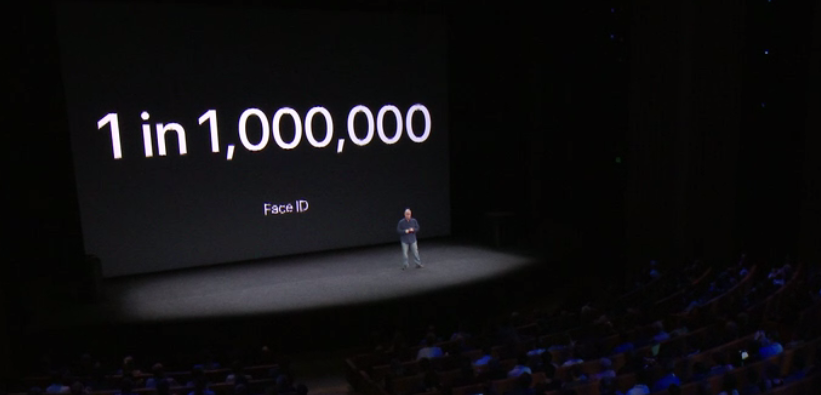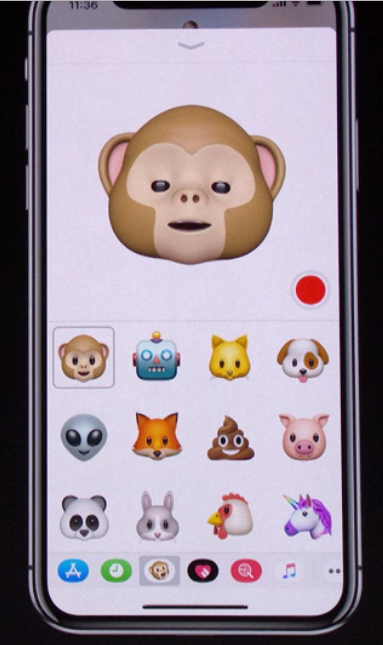Privacy
Everyone using Google products should know that the sultan of search is monitoring everything you do on the web, on its search page and in its browser. If you have never visited the Google Dashboard, you really should. It will show you all of the information El Goog has collected about you. Remember that it then uses this data to build a profile about you and we all know how powerful these predictive models can be :
Unlike many unscrupulous sites that track you without your knowledge, Google is a model citizen and clearly, let's users know what it is collecting and why. Most users are willing to trade their behavioural information in exchange for free google services (e.g. Photos, search, Gmail, etc). I think this trade is perfectly acceptable as long as the user understand what he/she is giving up in exchange for these free services.
Some people believe Google knows too much and where possible, try to use no-Google alternatives (DuckDuck Go for search, ProtonMail for email, SpiderOak One for online storage, etc).
Open Source means anyone (with the right skills) can audit the code and make sure nothing nefarious has been secretly inserted.
The fact Mozilla is not trying to become this massive financial behemoth is a comforting reality.
Browser security
To be clear, Chrome is an excellent browser and has slightly better security than Firefox but on the privacy front, Firefox wins.
There is an annual security competition called Pwn2Own and the 2017 browser compromise competition presented some interesting findings.
The Microsoft Edge browser proved to the least secure browser, having been compromized5 times. Then came Safari on Mac which was compromised 3.5 times (a half point was awarded because they had fixed one of the attacks in a beta build). Then came Firefox with 1 compromise and Google Chrome had none.
Firefox is certainly a relatively secure browser with a healthy bug bounty program but Chrome is just 1 step ahead. If you want the most secure browser and are willing to give up privacy, choose Chrome. If you want good enough security with much better privacy, pick Firefox.
Tab handling
There is no perfect browser.
Google's Chrome browser is the king of standards compliance. It is very secure since it has strict sandboxing. Each browser tab creates a new browser thread in the OS, which means a crashed tab doesn't crash the entire browser. These "features" consume a substantial amount of RAM. If you are one of those users that live in your browser and regularly has 20-50 tabs open, you probably live the sluggishness daily.
Firefox is "as fast" as Chrome but much more configurable. It consumes less RAM per open tab thus is often a better solution for users that live the multi-tab life. The flip side is that a bad tab can crash the entire browser but this is very rare.












